Welcome to About Bali section, where you can learn and feel about BALI itselfs.
This time we will learn about the biggest ceremony in Bali, GALUNGAN.
Bali: Culture
The Balinese are an extremely devote and spiritual mix. In Bali there are over 10,000 temples. The Balinese believe that good spirits dwell in the mountains and that the seas are home to demons. Therefore, most villages have at least three main temples: one of which is the Pura Puseh or ‘temple of origin’, is dedicated to the village founders and which faces to Mt Agung – home to Pura Besakih the mother temple on Bali. Also, each home, rice field or market can have several temples and as well as rice fields. Daily offerings are made at these temples in he form of food, cigarettes, sweets and sometimes even money in order to honor the good spirits and satiate the evil spirits.
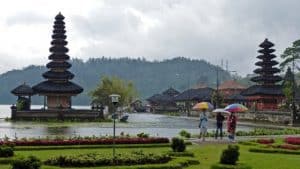
Balinese society is founded on the Hindu caste system, though there are several differences. For example, the Balinese do not have untouchables. Instead in Bali, there are four castes; Sundras , the peasants who comprise over 90% of the population, Wesias , the warrior caste, which also includes traders and some nobility, Satrias , the caste of kings, and Pedanas , the holy men and priests (brahman). Amazingly, each caste has its own language; a separate dialect exists to enable someone to address one of unknown caste to avoid disrespect. Luckily, to prevent confusion, the national language of Indonesia (Bahasia Indonesia), is taught in schools and enables everyone generally to communicate with one another.
There are two sub-classes in Bali called the Subak and the Banjar. The Subak controls who will plant rice and when (plantings are staggered so that pestilence is minimized). All farmers or rice paddy owners must join the Subak in their village. As well and more importantly the Subak ensures that all farmers receive just amounts of irrigation water. Meanwhile, the Banjar are in charge of all other aspects of Balinese life such as marriages, cremations, community service and festivals.
In Bali, the birth of a child is attended by the entire family, and a holy man who invokes spiritual powers and aids the delivery. Balinese are named according to its order in the family; Wayan for the first born, Made for the second, Nyoman for the third and Ketut for the fourth. The names are repeated for more than four children.
Galungan on July 2nd

Galungan ceremony is the biggest ceremony which is held every 210 day (6 months Bali calendar). Galungan day is about the celebration of the victory of good versus bad (evil) During this ceremony the Balinese hindu will be busy with preparing for the worship a day before. Start to Make penjor ( the Bamboo decoration which is put in front of every house) this story of Galungan day is connected to Barong and keris Dance, A sacred danching whis is performed daily in every stage in Kuta or Batu bulan vilage.
After the galungan ceremony is Kuningan Ceremony, which is coming on saturday, 10 days after the galungan Ceremony. This tell about that Balinese anchestor (God) is start to return. This ceremonyis end in the mid day on satur day, People will make the worship in every Family temple in each temple.
Galungan is a Balinese holiday celebrating the victory of dharma over adharma. It marks the time when the ancestral spirits visit the Earth. The last day of the celebration is Kuningan, when they return. The date is calculated according to the 210-day Balinese calendar.
Galungan marks the beginning of the most important recurring religious ceremonies. The spirits of deceased relatives who have died and been cremated return to visit their former homes, and the current inhabitants have a responsibility to be hospitable through prayers and offerings. The most obvious sign of the celebrations are the penjor – bamboo poles with offerings suspended at the end. These are installed by the side of roads. A number of days around the Kuningan day have special names, and are marked by the organization of particular activities.
3 days before, Penyekeban, Cooking of bananas for offerings
2 days before, Penyajaan, Making of jaja (fried rice cakes)
1 day before, Penampahan, Slaughtering of pigs and turtles for feasts
1 day after, Manis Galungan, Visiting family
10 days after, Kuningan, Prayers, offerings – spirits return to heaven
11 days after, Manis Kuningan, Fun
Galungan begins on the Wednesday (Buda) of Dunggulan, the 11th week of the 210-day pawukon calendar. This means that there are often two celebrations per solar year. Dates for 2013-2015 are as follows:
2015, July 15, July 25
2016, February 10, February 20
2016, September 7, September 17
2017, April 5, April 15
2017, November 1, November 11
About Bali History :
About Bali Part 1
About Bali Part 2 : Kecak
About Bali Part 3 : Art
About Bali Part 4 : Tanah Lot Temple
About Bali Week 1 : Ubud Monkey Forest
About Bali Week 2 : History and Culture
About Bali November Series : Sanur
Thats all for this week.
See You next week.
BREAKING NEWS | HEADLINE NEWS | NEWS | DAILY NEWS | WEEKLY NEWS
WORLD NEWS | INDONESIA NEWS | BALI NEWS




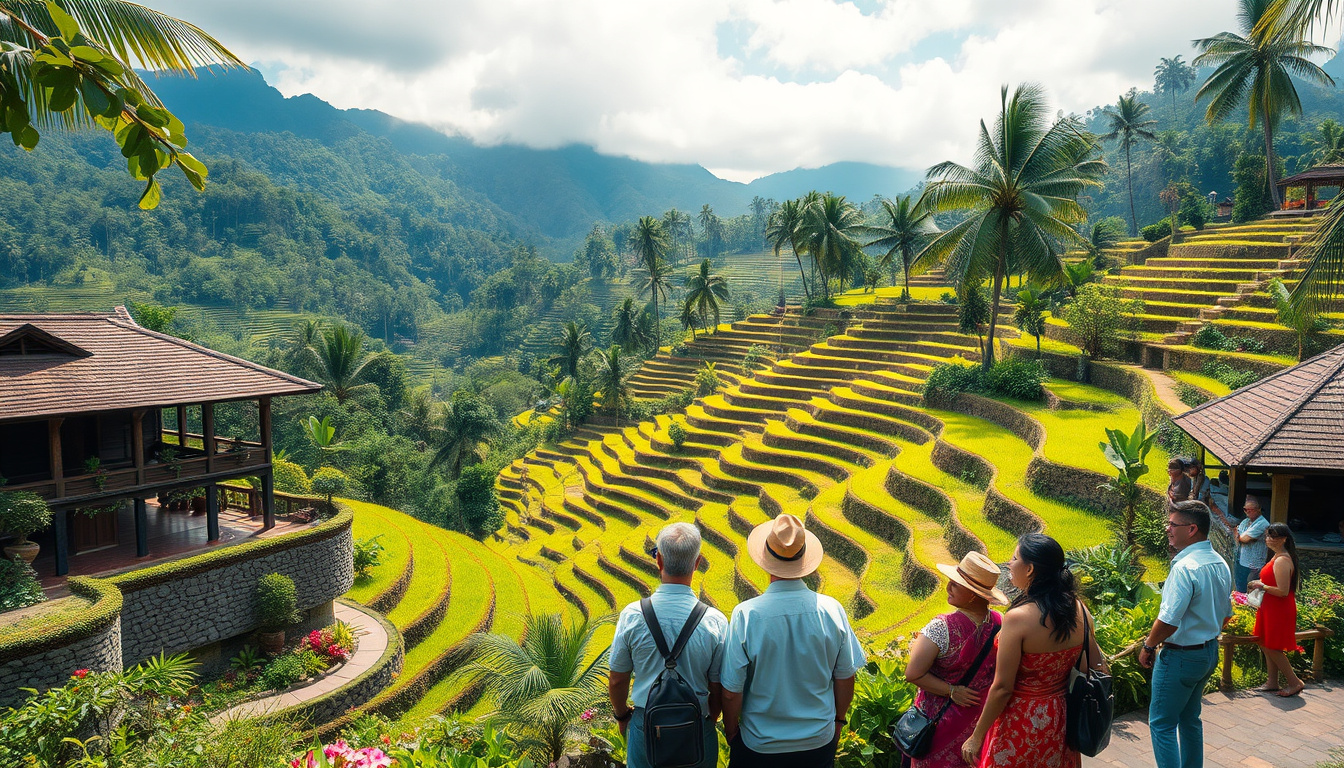

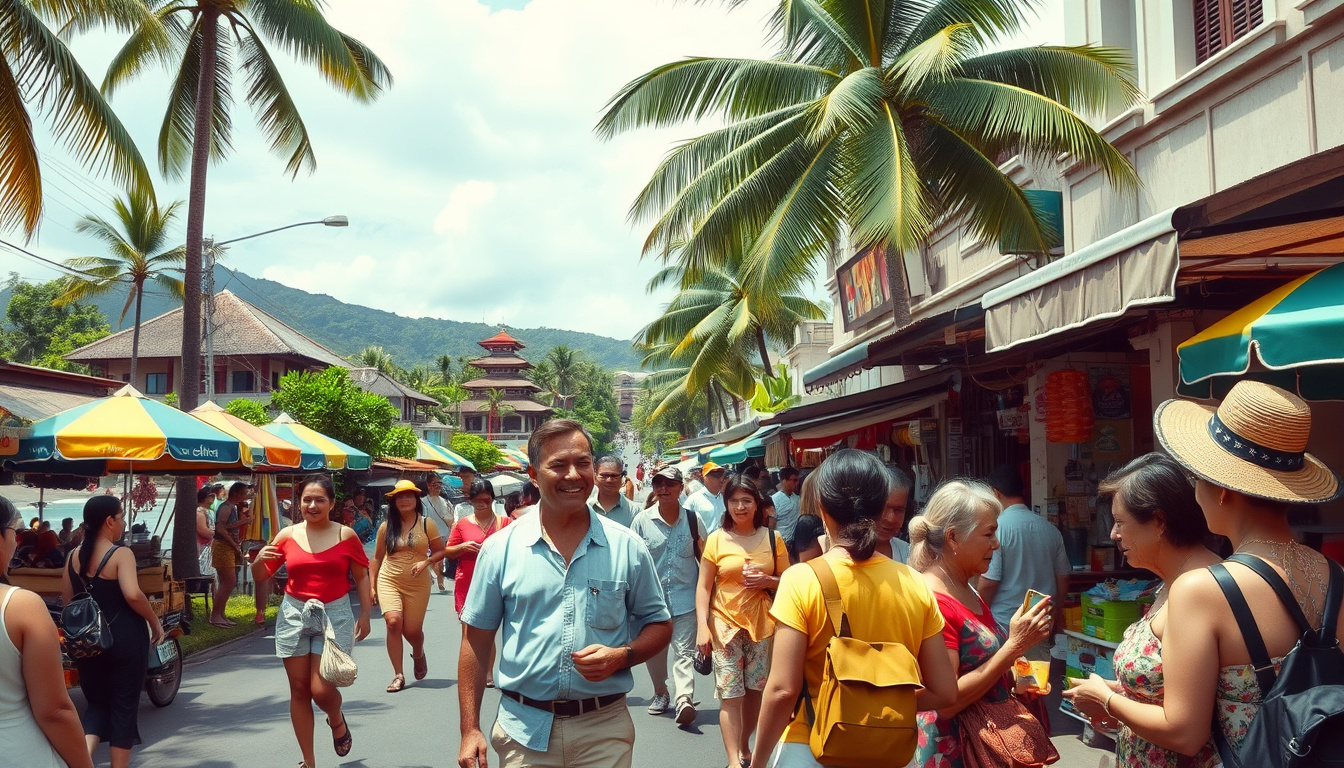
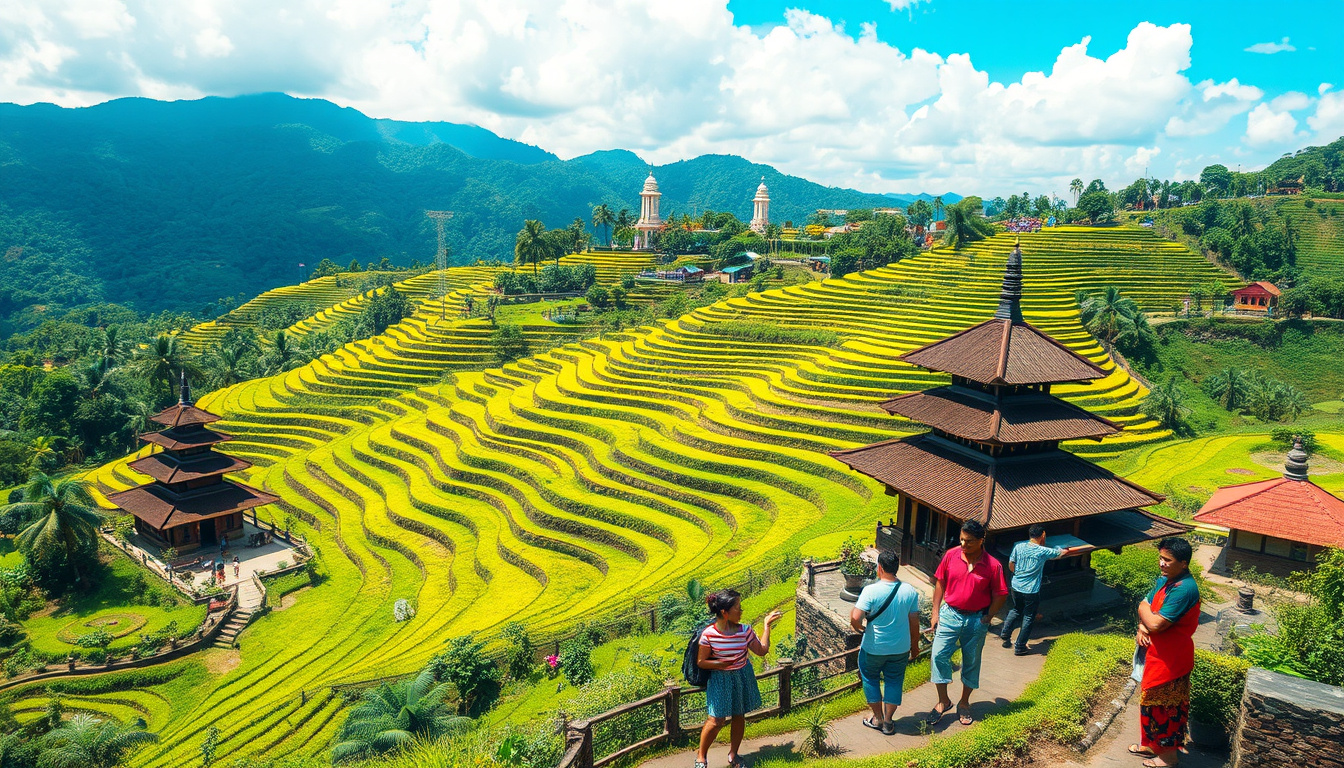

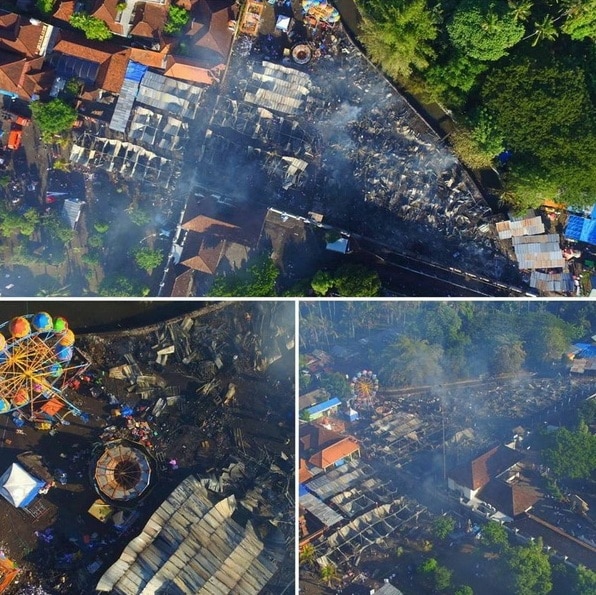

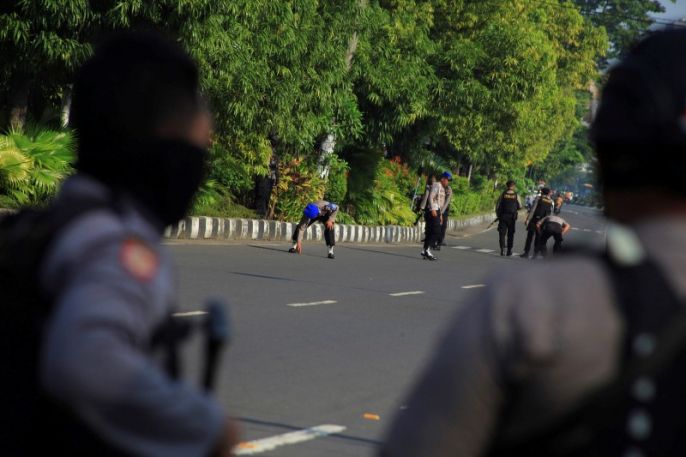

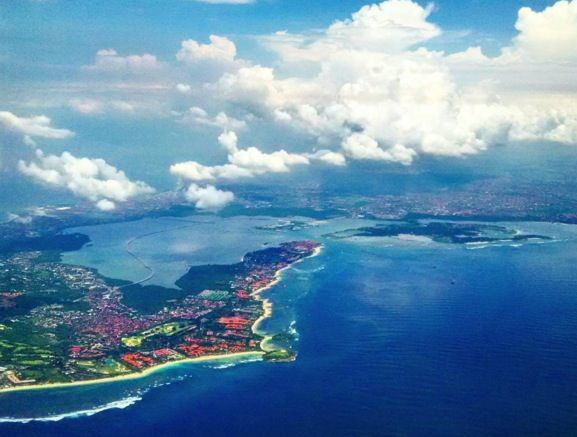



Add a comment